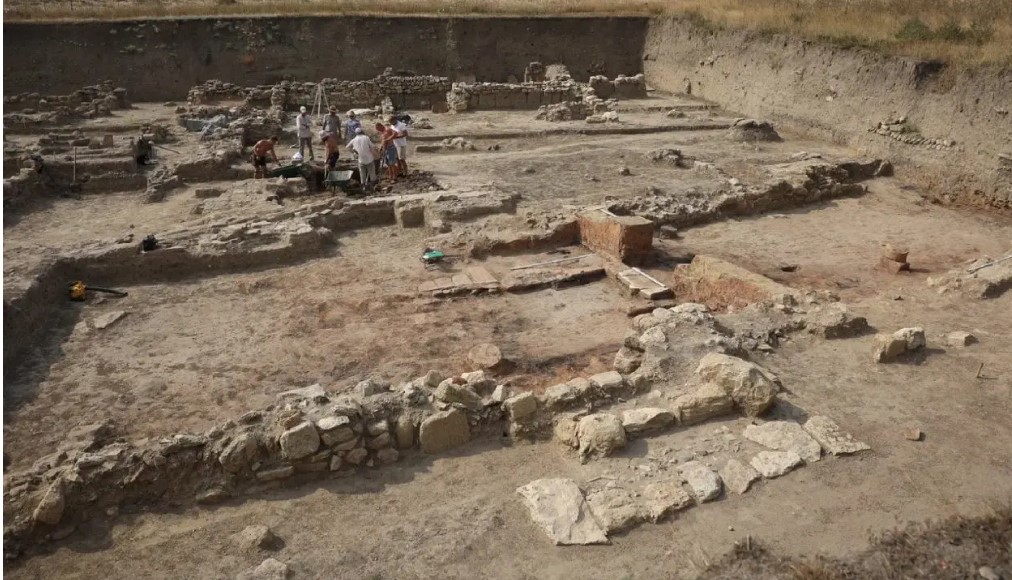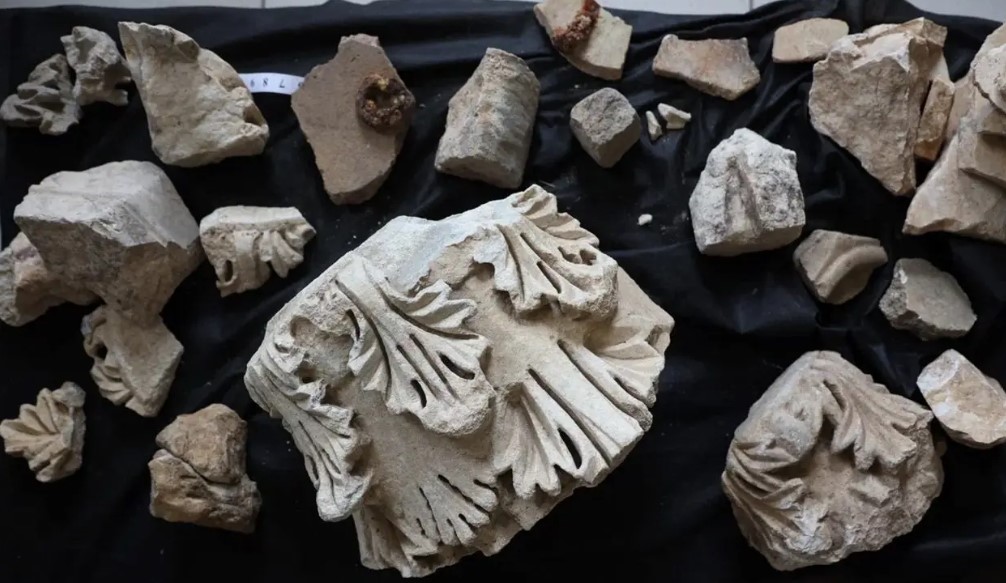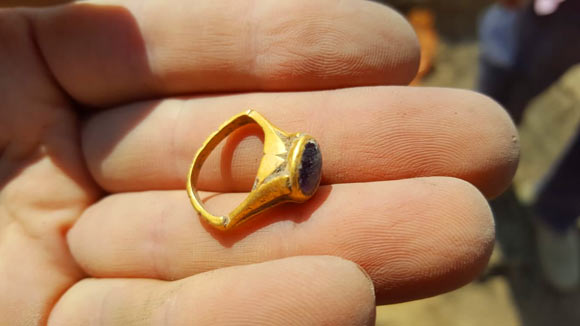Remarkable Discovery: Ancient Synagogue Unearthed in Russia’s Black Sea Region
Introduction
In a monumental archaeological revelation, researchers from the Phanagoria Archaeological Expedition have uncovered one of the world’s oldest synagogues within the confines of the ancient Greek city of Phanagoria. Situated on Russia’s Taman Peninsula, this discovery sheds light on the vibrant historical tapestry of the Black Sea region and offers insights into the interwoven lives of diverse communities throughout the ages.
Ancient Origins of Phanagoria
Phanagoria, founded in 543 BC by Teian colonists escaping the turmoil stemming from their conflict with Persian king Cyrus the Great, stood as an emblematic hub for trade and cultural exchange. This thriving city forged connections between the coastal zones of the Maeotian marshes and the regions that extended to the south of the Caucasus mountains.
Archaeological Endeavors and Revelations
Supported by the Oleg Deripaska Volnoe Delo Foundation, archaeologists have unearthed tangible remnants of the synagogue’s foundations and walls. Among the invaluable findings are striking marble menorahs, liturgy tables, and fragments of marble steles. This treasure trove hails from the Second Temple Period (597 BC to AD 70) and harkens back to a time when the synagogue adorned the Black Sea shoreline for around five centuries.

The Synagogue’s Significance
Tragically, the synagogue’s legacy was interwoven with the city’s turbulent history. It stood steadfast until the invading Huns razed Phanagoria to the ground. Subsequent centuries bore witness to the city’s rejuvenation, as it emerged as the capital of Old Great Bulgaria and a Byzantine dependency. The remnants of the synagogue, a testament to its resilience, bear witness to a rich historical narrative.
Inscriptions and Architectural Marvels
Among the remarkable findings, one stele fragment from the 5th century AD stands out with the Hebrew inscription “synagogue.” Other fragments convey inscriptions like “house of prayer” and “synagogue,” which date back to AD 16-51. The synagogue’s architecture reveals its rectangular layout, measuring 21 meters by 6 meters. Boasting two chambers each exceeding 60 square meters, the interior once held ornamental marble menorahs, marble columns, and walls adorned with paintings and tiles.
Cosmopolitan Character and Historical Records
As researchers explain, the presence of a robust Jewish community within Phanagoria dates back to the 1st century AD. Historical artifacts, such as depictions of menorahs on amphorae and tombstones, substantiate this claim. Records from the medieval era further confirm the city’s Jewish heritage. Theophanes, an 8th-century Byzantine chronicler, and Ibn-Hordadbeha, a 9th-century Arabian geographer, both referred to Phanagoria as a “Jewish city.” This collective evidence paints a vivid picture of a city where the Jewish community thrived, mirroring the cosmopolitan essence of Phanagoria itself.

Conclusion
The discovery of the ancient synagogue at Phanagoria stands as a testament to the resilience of a diverse community throughout history. This archaeological marvel unveils the intricate layers of this city’s past, where cultures intermingled and left their mark. From the synagogue’s origins during the Second Temple Period to its role as a symbolic pillar of a thriving Jewish community, Phanagoria’s history enriches our understanding of the interconnectedness of civilizations across time.




